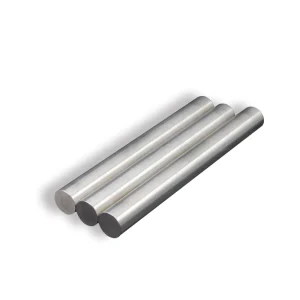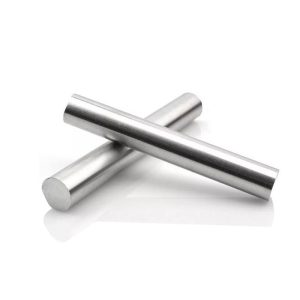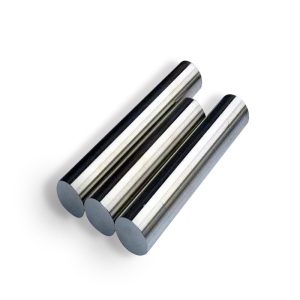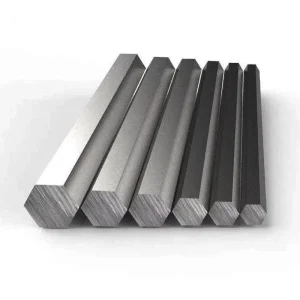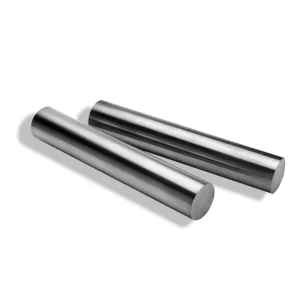We trace modern austenitic stainless steel to the early 20th century, when metallurgists experimented with nickel‑chromium alloys to combat corrosion in chemical plants. In 1913, Harry Brearley’s 18Cr‑8Ni alloy marked the birth of Type 304. Since then, developments such as the 316L low‑carbon variant and the titanium‑stabilized 321 have broadened applications. From petrochemical refineries to architectural facades, the material has shaped industries worldwide.
Metallurgical Structure
Austenitic stainless steels crystallize in a face‑centered cubic (FCC) structure. This arrangement imparts excellent formability and toughness. We note:
-
Stabilization: Nickel (Ni) content ≥ 8% stabilizes the austenitic phase down to cryogenic temperatures.
-
Alloying Elements: Chromium (Cr) ≥ 16% forms a passive film, while molybdenum (Mo) in grades like 316 enhances pitting resistance.
-
Grain Refinement: Controlled rolling and annealing yield fine grains, improving mechanical properties.
Key Properties
We observe several hallmark properties:
-
Corrosion Resistance in chloride‑rich environments.
-
Non‑magnetic Response after annealing.
-
Superior Toughness even at −196 °C (cryogenic applications).
-
Ease of Fabrication: stamping, deep drawing, and welding.
Short sentences enhance clarity. Medium‑length phrases deliver depth. Complex clauses convey nuance.
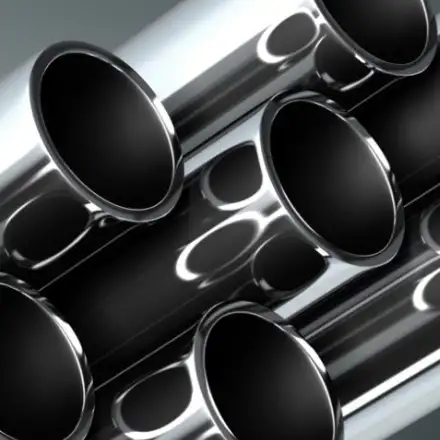
Common Grades Comparison
| Grade | Nominal Composition (wt %) | Tensile Strength (MPa) | Typical Use |
|---|---|---|---|
| 304 | 18 Cr, 8 Ni | 515 – 735 | Kitchen equipment, architectural trim |
| 316 | 16 Cr, 10 Ni, 2 Mo | 515 – 775 | Marine fittings, medical implants |
| 321 | 17 Cr, 9 Ni, 0.5 Ti | 515 – 760 | Exhaust systems, chemical processing |
Table: We present a concise snapshot. Notice the tensile range overlaps; yet Mo or Ti tweaks performance.
Fabrication and Welding
We handle sheet and plate with standard forming. Weld joints, however, demand care:
-
Shielding Gas: Argon with 2–5% CO₂ prevents porosity.
-
Preheat: Usually unnecessary, but controlling interpass temperature (<150 °C) avoids sensitization.
-
Post‑weld Treatment: Passivation or solution annealing restores corrosion resistance.
Have you met intergranular attack? It happens when chromium carbides form at grain boundaries. That can be mitigated via low‑carbon (L) grades or stabilized grades like 321.
Corrosion Resistance and Passivation
What makes these steels excel against rust? The answer lies in the passive chromium oxide film.
-
Self‐Healing Film: Even if scratched, the film reforms in oxidizing conditions.
-
Pitting and Crevice Resistance: Enhanced by Mo in 316 (Pitting Resistance Equivalent Number: PREN ≈ 24)².
-
Passivation Treatments: We recommend nitric acid baths (20–30 % HNO₃) per ASTM A967 to enrich the oxide layer.
Standards and Specifications
We comply with global norms:
-
ASTM A240 / A240M for sheet and plate.
-
EN 10088‑3 for stainless steel – part 3 (mechanical properties).
-
JIS G4303 for stainless steel sheet and strip.
These references provide mechanical, chemical, and testing criteria, ensuring quality and traceability.
Applications
The versatility spans:
-
Food and Beverage: Tanks, piping, and valves benefit from hygienic surfaces.
-
Pharmaceutical: Cleanability is paramount; 316L is a favorite.
-
Cryogenics: Thanks to retained toughness at −196 °C.
-
Architecture: Facades and noise barriers exploit aesthetic finishes.
-
Automotive: Exhaust systems use 321 for thermal stability.
Mechanical Properties
| Property | 304 | 316L | 321 |
|---|---|---|---|
| Yield Strength (MPa) | ≥ 215 | ≥ 170 | ≥ 215 |
| Elongation (%) | ≥ 40 | ≥ 40 | ≥ 40 |
| Hardness (HB) | ≤ 217 | ≤ 217 | ≤ 217 |
We tailor specifications to performance requirements. Industry‑specific idioms like “fit for purpose” guide our design.
Future Trends
We foresee:
-
High‑Nitrogen Alloys: Improved strength without extra Ni.
-
Ultra‑Low Cracks: Enhanced weld wire chemistries to avoid hot cracking.
-
Digital Inspection: In‑line eddy‑current tests for passive layer integrity.
-
Circular Economy: Emphasis on recyclability; austenitics exceed 90 % recycled content³.
Conclusion
We affirm that austenitic stainless steel remains foundational across sectors. Its balance of properties, compliance with rigorous standards, and continuous innovation secure its place in modern engineering.
Frequently Asked Questions
-
What differentiates 304 from 316 stainless steel?
316 contains molybdenum, enhancing resistance to chlorides and acidic conditions. -
Can austenitic stainless steel be magnetic?
After heavy cold working, slight magnetic permeability may appear. Annealing restores non‑magnetic behavior. -
What is stress corrosion cracking (SCC)?
SCC occurs under tensile stress in chloride environments; selecting 316L or duplex grades minimizes risk. -
How thick should passivation layers be?
The passive film is only 1–3 nm thick but highly protective. Over‑etching during passivation must be avoided. -
Is welding 321 simpler than 304L?
321 resists carbide precipitation without post‑weld annealing, easing fabrication in high‑temperature services.






